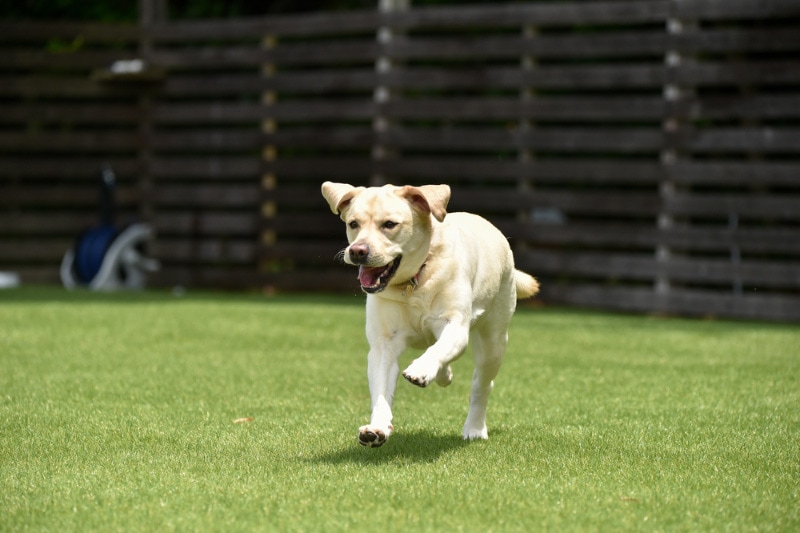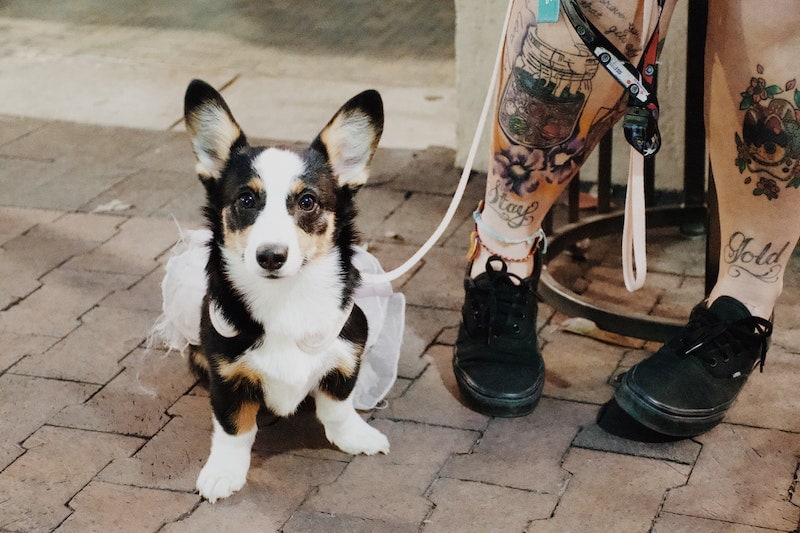Top 10 Dog Breeds Most Likely to Bite Humans (With Pictures)
Updated on
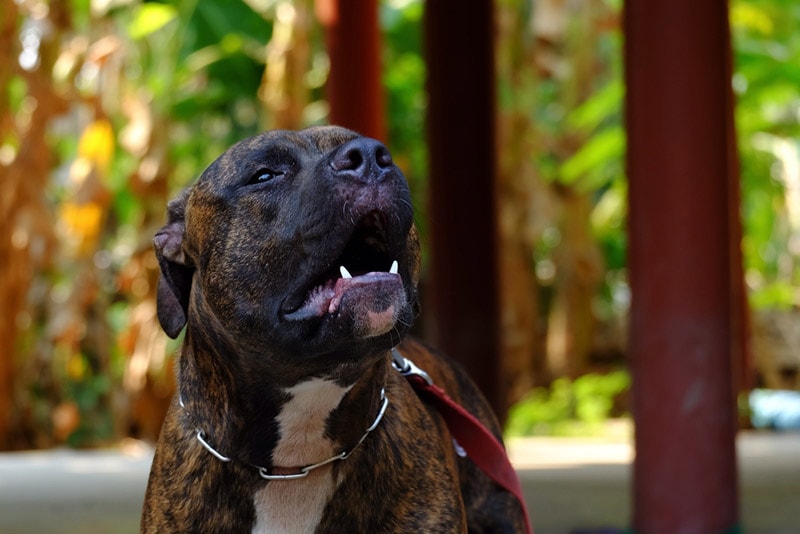
Dogs have found places in our lives and homes since early humans first domesticated wild canines. They’ve even earned the status of our best friends. That makes the thought of them biting or hurting us disturbing. Nevertheless, it does happen, most often because of fear, stress, or pain. Anyone can relate if you think about it.
The fact remains that children are the most likely to be bitten by an animal familiar to them. Research also has shown that dog bites by small dogs are underreported1. Many cultural and social factors exist that can taint the validity of the stats. Also, the CDC has stopped collecting breed data since 1998, further obscuring the results2.
How Are Dog Breeds Classified?
When we talk about breeds, we must discuss the criteria for establishing one. For example, the American Kennel Club (AKC) requires a 40-year documented history of the dogs. Registration papers provide owners with verification of an animal’s pedigree. Recognition by one organization doesn’t guarantee another will come to the same conclusion.
The United Kennel Club recognizes the American Bully, but AKC does not. Mixed breeds are a special case. Many sources list these dogs as biters. However, the genetic roulette makes it challenging to identify breeds involved in these cases. Knowing the temperament of a particular line can help potential dog owners make informed choices for a pet. Research has shown some genetic associations that may make DNA screening possible for these behaviors3.
Top 10 Dog Breeds Most Likely to Bite Humans
1. German Shepherd Dog
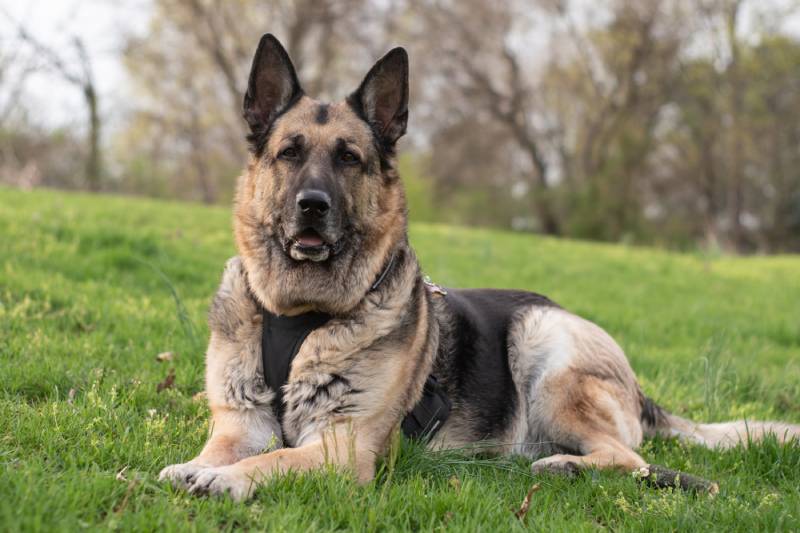
| Origin: | Germany |
| Weight: | 50 – 90 pounds |
| Height: | 22 – 26 inches |
Pet owners of this breed must thank Captain Max von Stephanitz for developing the German Shepherd Dog. This pup has been a courageous member of the military and law enforcement because of their temperament. However, this breed is frequently mentioned in cases of this type.
This GSD is an intelligent animal with a highly protective nature. The scientific literature doesn’t divulge the details of every bite case. Perhaps a dog trained to take on this role is a mitigating factor.
2. Rottweiler
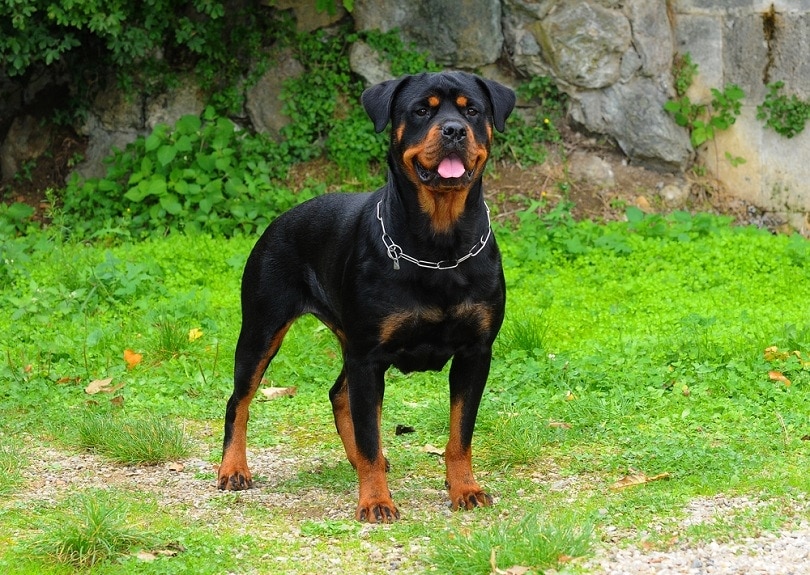
| Origin: | Roman Empire |
| Weight: | 80 – 135 pounds |
| Height: | 22 – 27 inches |
The Rottweiler is a sweetheart when it comes to their family. Their loyalty and affection are well on display. However, they are also protective of their people. While they are easy to train, they are also large dogs. Therefore, it’s imperative to start training and socialization early. This pup has filled many roles through the ages, from herder to patrol dog. They are literally jacks of all trades.
The size of this dog might be a factor in biting cases, especially with small children. An animal this big is likely to frighten little ones and perhaps set up risky situations.
3. Jack Russell Terrier
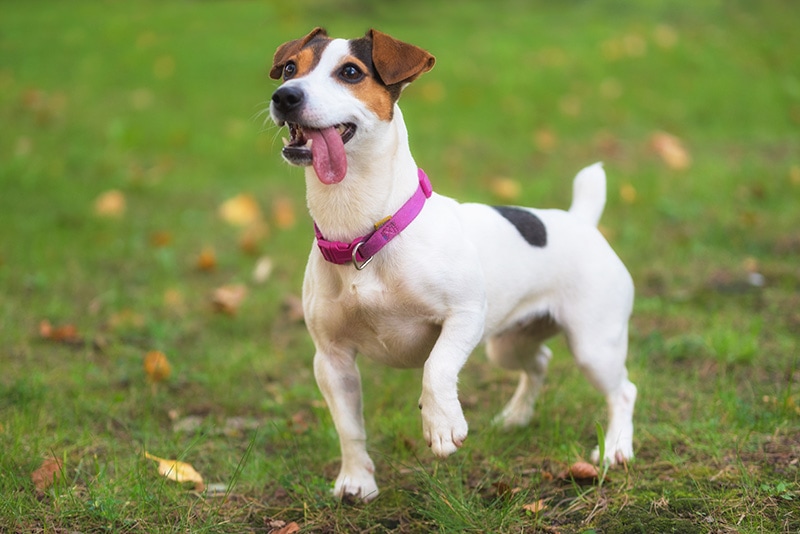
| Origin: | England |
| Weight: | 9 – 15 pounds |
| Height: | 10 – 12 inches |
The Jack Russell Terrier being on this list might surprise you. Interestingly, small dogs like this one often come across as fierce because of their barking and boldness. They may also display aggressive behavior, such as growling, more readily than other pets. Scientists theorize that their size might be part of the issue, along with fearfulness4. Perhaps a person’s reaction or lack of responsiveness also instigates biting.
4. Chow Chow
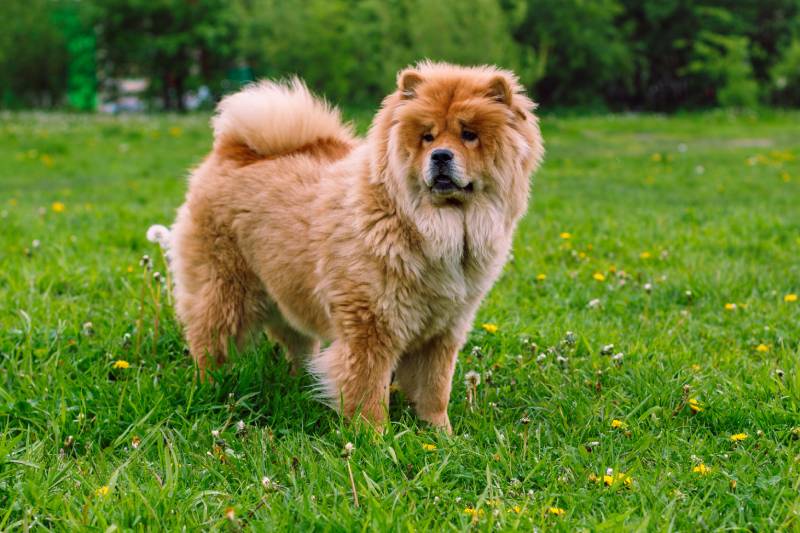
| Origin: | China |
| Weight: | 45 – 70 pounds |
| Height: | 17 – 20 inches |
The personality of the Chow Chow isn’t like any dog you’ve probably met. They are aloof animals that won’t rush to meet new friends like many other pups. They may seem more like a cat than a dog. Part of the reason may rest with the fact that these dogs were once a food source, making them more wary. Ironically, they also served as hunting companions.
The breed’s various roles undoubtedly encouraged independence in these animals. Today, the Chow Chow retains their dignified stance. While they are affectionate with their families, they aren’t as patient as other dogs around children.
5. Cocker Spaniel
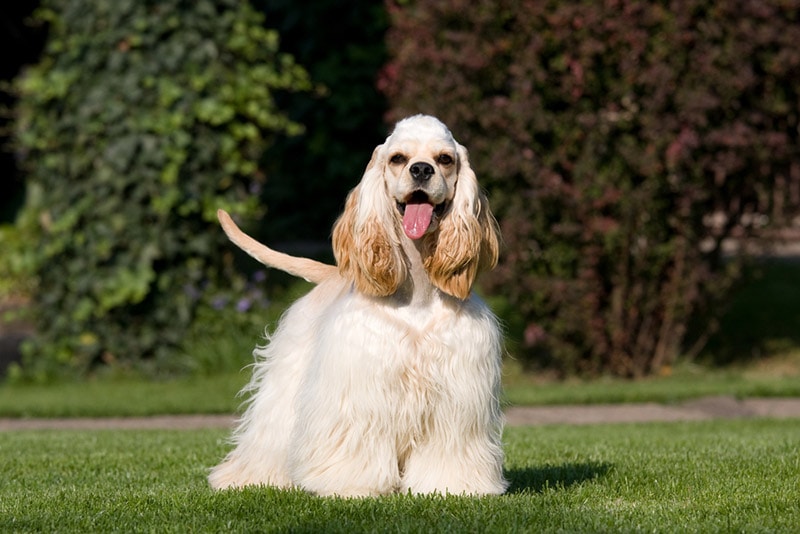
| Origin: | Spain |
| Weight: | 20 – 30 pounds |
| Height: | 13.5 – 15.5 inches |
The Cocker Spaniel is another example of a small breed with a history of biting. It can be a matter of circumstances where an adult doesn’t supervise playtime and things escalate. People may dismiss the biting potential of a cute pup of this size. That’s why it’s essential for parents to teach their children to respect the family pet’s space to avoid situations where biting might occur.
6. Collie

| Origin: | Great Britain |
| Weight: | 50 – 75 pounds |
| Height: | 22 – 26 inches |
The ancestry of the Collie goes back centuries. People selectively bred this dog as a herder, which fueled the animal’s intelligence and independence. The breed’s biting record documented in the scientific literature reflects the prevalence of the Collie in some areas. It appears as a factor with other breeds, too. This dog can be good with children during supervised playtime, but you should always be around to keep a close eye on them.
7. Saint Bernard

| Origin: | Switzerland |
| Weight: | 120 – 180 pounds |
| Height: | 26 – 30 inches |
The Saint Bernard has a long history as a companion and helper for people. This breed has even worked alongside monks in hospices caring for the sick. One study considered the biting behavior of several dogs, including the Saint Bernard. Common denominators included a lack of obedience training and a previous encounter, underscoring the importance of behavior management as a puppy.
8. Labrador Retriever
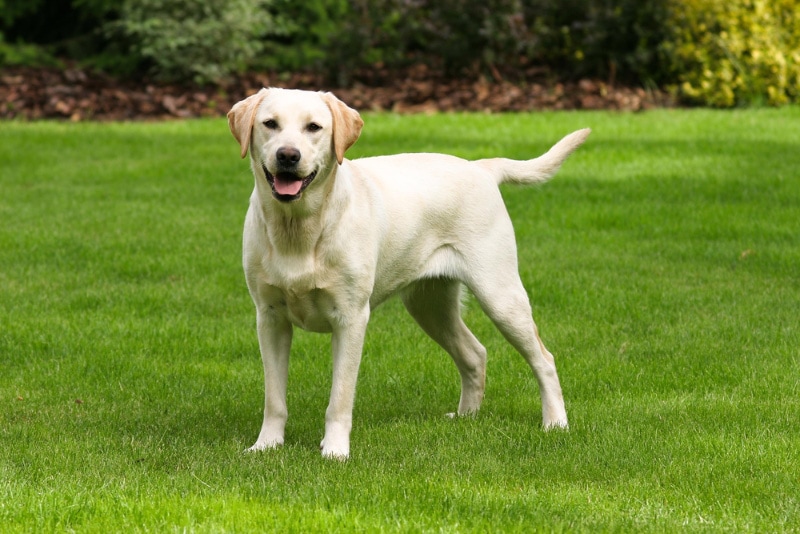
| Origin: | United Kingdom |
| Weight: | 55 – 80 pounds |
| Height: | 21.5 – 24.5 inches |
The Labrador Retriever is probably one of the last breeds you’d expect on this list. However, we must consider prevalence again. After all, it is one of the most popular, according to AKC. Perhaps pushing the boundaries is an issue with these incidents. Resource guarding can trigger biting. Nevertheless, it’s worth noting that this breed doesn’t appear frequently in these statistics.
9. Siberian Husky

| Origin: | Northeastern Asia |
| Weight: | 35 – 60 pounds |
| Height: | 20 – 23.5 inches |
The Siberian Husky illustrates some regional differences you may see when researching this question. The breed is relatively popular in the United States, making them somewhat common on the list of dogs that bite. However, it’s a different scenario in Canada where huskies appear more frequently in these discussions simply because there are more of them in these places.
10. Chihuahua

| Origin: | Mexico |
| Weight: | Under 6 pounds |
| Height: | 5 – 8 inches |
The Chihuahua is another small but mighty dog, at least in their estimation. It’s easy to understand how a situation can turn aggressive when an agitated pet is being ignored despite their barking. Several studies have identified this breed as a biting animal. The figures may be conservative since a little pup is less likely to inflict the damage of a 100-pound canine.
Pit Bulls and Related Breeds
We must address the elephant in the room. Many of our sources listed Pit Bulls as a dog most likely to bite humans. However, there are several reasons why we didn’t include it in our list. First, there is not a specific Pit Bull breed. It’s a generic term that describes many dogs, including American Staffordshire Terrier, American Pit Bull Terrier, and Boxer.
Second, and perhaps most significantly, it’s difficult for people, and even knowledgeable individuals, to positively identify the breeds under the umbrella term correctly. We can’t ignore the cultural connotations. Many are more likely to associate Pit Bulls with attacks because of the publicity these cases receive. We can’t ignore the research about the association between vicious owners and vicious dogs. Because these dogs have long been a popular choice for dog fighting, we can’t ignore that the type of owner plays a significant role in how a Pit Bull behaves.
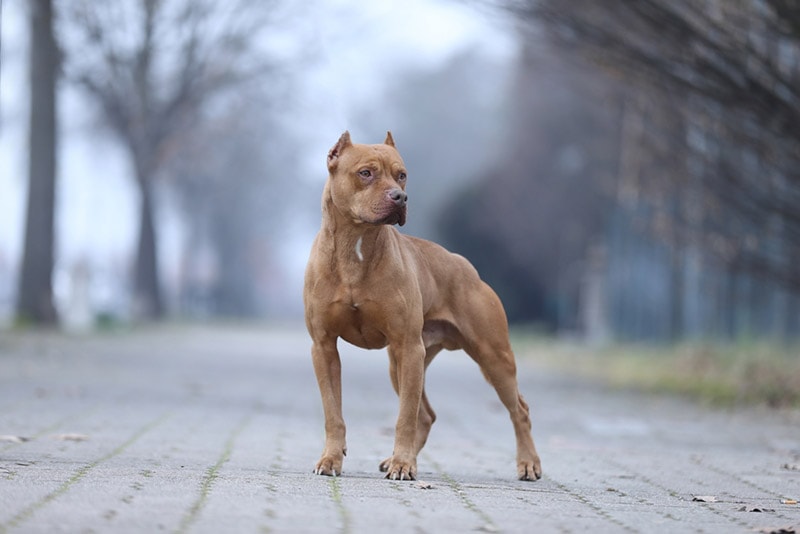
Conclusion
Many organizations, including the American Veterinary Medical Association (AMVA), have been vocal against breed-specific legislation that punishes responsible pet owners and fails to address the problem of biting dogs. It’s ultimately the individual who is to blame. They are the ones who fail to train and socialize their pets, setting up the perfect storm for injuries and tragedy.
Some breeds may have inherent aggressive tendencies. Nevertheless, it’s the individual’s responsibility to take pet ownership and its consequences seriously. We applaud organizations that choose not to vilify the dogs but put the blame where it is deserved—unthinking pet owners.
Featured Image Credit: Madcat_Madlove, Shutterstock

